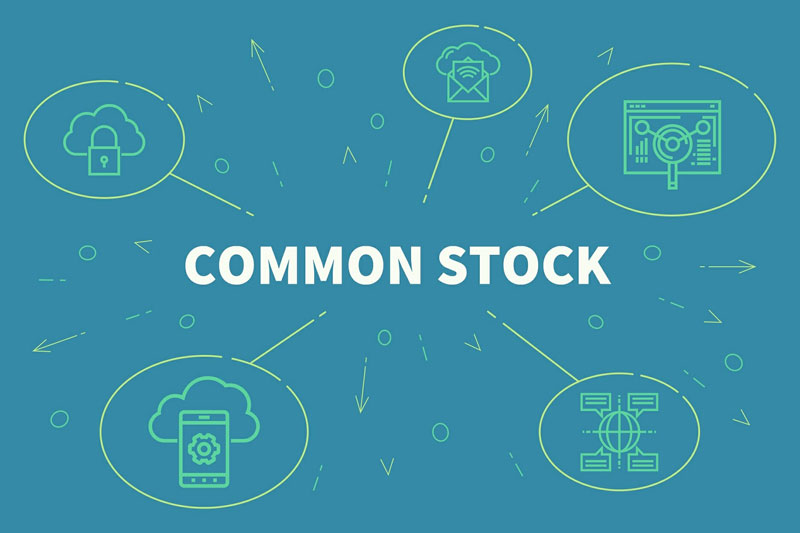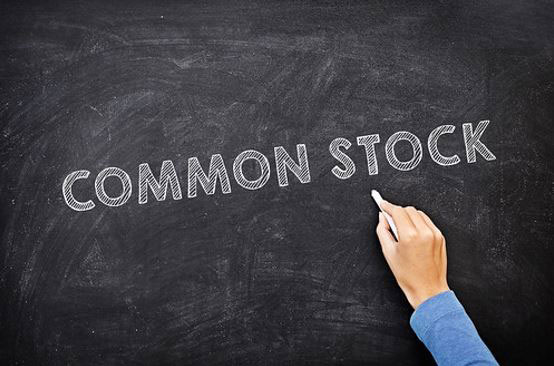What Are Common Stocks and How Do They Work?
Advertisement
Triston Martin
Feb 26, 2024
The most popular stock that people invest in is a common stock, representing a fractional ownership stake in a corporation. Voting rights and the potential for dividends and capital appreciation are included in common stock purchases. A company's balance sheet contains information about its common stock, a type of financial statement used in the accounting profession.
Why Do Individuals Buy Common Stocks?
Stock in a firm signifies an ownership stake in that business. The value of a company's common stock might rise if it performs well or if its assets improve in value. However, if a firm performs poorly, a common stock's value will decline. Common stock is a wonderful long-term investment since it gives investors a stake in a company's success.
The power to vote for company directors, policy changes, and stock splits are all included in owning common stock. Companies with two classes of common stock — one with voting rights and the other without — are an exception. One such example is Google's parent company, Alphabet.
Understanding the Stock Market

A common stockholder's claim to the company's ongoing and future profits is represented by common stock. As a result, shareholders are referred to as a company's "part owners." This does not imply that stockholders have the right to trespass on a company's premises and claim ownership of its furniture, including its seats, workstations, and computers.
As a legal body, the corporation is the rightful owner of these items. Instead, this remaining claim belongs to the stockholders. Investors and traders can buy and sell common stock, which is listed for trading on stock exchanges worldwide. Common stockholders may be eligible for dividend payments.
Substitutes for Common Stock
Investing in mutual funds, which are professionally managed aggregates of securities such as stocks and bonds, is a popular alternative to purchasing individual equities. For example, this is an easier option for people who don't have the time or inclination to maintain their portfolios.
Bonds and exchange-traded funds (ETFs) are two more popular options. Companies and localities can raise money by issuing bonds. This means that you are lending money to the bond seller in exchange for an agreed-upon interest rate.
Are Taxes Due?

Profits from stock trades are taxed depending on whether they are deemed long-term gains or short-term profits for tax purposes. When equities are sold at a higher price than when purchased, a profit is made. If the asset was kept for less than a year, the profit is a short-term gain.
A long-term gain is a profit earned from an asset kept for more than a year before being sold. Ordinary income taxes are levied on short-term capital gains. Your total income would be $80,000 if you earned $75,000 from your work and $5,000 from short-term capital gains.
An Overview of Preferred Stock vs Common Stock
When it comes to preferred and common stock, there are several variances. One of the key differences between preferred and common stock is that preferred stock often has no voting rights, whereas ordinary stock typically has one vote for every share held by its owners; on average, 1 Preferred stock is less familiar to many investors than ordinary stock.
There are two forms of stock: common stock and preferred stock. Both represent a stake in a company and may be used by investors to profit from its future success.
Preferred Stock
Preferential stock, unlike common stock, does not have voting rights. As a result, preferred shareholders have no say in the company's destiny when electing a board of directors or voting on any corporate policy.
Preferred stock, on the other hand, is more like a bond in that investors are typically guaranteed a fixed dividend for the rest of their lives.
The preferred stock dividend yield is computed by dividing the dividend payment by the stock's current market value. Before a preferred stock is offered, the par value is frequently used to calculate this.
Common Stock
The most common stock in which people invest is common stock, which reflects a company's shares of ownership. Frequent stock is the most common type that people talk about when discussing investments. It's the most common way to issue shares.
Profit claims (dividends) and voting privileges are attached to common shares. Typically, shareholders get one vote for each share they own to elect board members responsible for overseeing the company's most important decisions.
Why Is Common Stock Called Equity?
Stockholders who own common shares have a residual ownership interest in the firm. The assets and liabilities of a business are recorded on a balance sheet. Property, cash reserves, and accounts receivable are examples of assets that a business has or is entitled to.
On the opposing side of the balance sheet are liabilities, which represent the company's financial obligations. Payables, debts, and other commitments fall under this category.
Assets are greater than liabilities if a firm is healthy. The shareholders' equity is the amount left for the company's owners. The shares of a firm are a good example of this.







